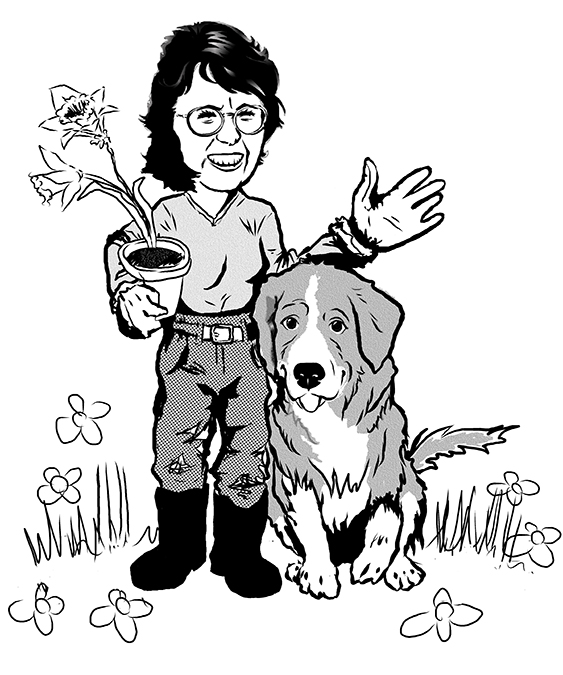 |
Beta vulgaris ‘Detroit Dark Red’ (bee-TAY vul-GAR-is) Family: Chenopodiaceae Common name: Detroit Early Dark Red; Early Detroit; Early Dark Red; Detroit Blood; Detroit Blood Turnip; Detroit Dark Red Turnip; Detroit Dark Red Beetroot Zone: 5 – 10 Height: 8 – 12 in (20-30.5 cm) Spread: 4 in (10 cm) Aspect: full sun; partial shade Soil: fertile; friable; moist Water: regular; needs 1 inch (2.5 cm) per week Days to maturity: 55 – 70 |
|
Days to maturity: 55 – 70 Description: A biennial, early to mid-season beet variety with uniformly round 3 inch (7.5 cm) roots. Colour is a deep dark red throughout. Special Notes: Heirloom, open-pollinated variety. Original selections were made sometime before 1774 by a Mr. Reeves of Port Hope, ON from the ‘Early Blood Turnip’ (syn. ‘Early Blood Red’), a European variety dating back almost 75 years earlier. Further improvements were made to this beet by D. M. Ferry and Co. – the first to list this beet in their 1892 catalogue as ‘Detroit Dark Red Turnip’.
Sow successive crops every 2 – 3 weeks until the weather turns hot. Provide one inch (2.5 cm) of water per week otherwise roots may become tough or crack. Beets benefit from a side dressing of compost halfway through the growing period or apply compost tea or liquid seaweed every two weeks.
Beets prefer a soil pH of between 6.0 and 7.0. Work some Dolomite lime into acidic soils about two weeks before seeding. Adding peat to alkaline soils will lower the pH. Working some Complete Organic Fertilizer into the row before seeding is a good soil amendment. It contains the necessary nutrients and some lime to adjust the soil pH. Find the recipe here. Beet seeds are actually a cluster of 4 seeds. All four usually germinate which dictates some judicious thinning once the seedlings are two inches (5 cm) tall, allowing 4-6 inches (10-15 cm) between. Harvest when roots are one to three inches (2.5 – 7.5 cm) in diameter for best flavour. Late sowing of beets can reliably be left in the ground in Zone 7 gardens or warmer if mulched well with a four inch (10 cm) layer of straw or leaves.
Flea beetles can also be a problem. Covering the row with spun-cotton floating row cover will deter them. Aphids may also be a problem as they can transmit viral diseases such as Virus Yellows disease, in particular – beet yellows virus (BYV), as well as beet mosaic virus (BtMV). Control aphid infestations with a strong jet of water to dislodge them. Repeat spraying with water every week to ten days to catch any strays. Usually takes only one or two repetitions but keep a close watch for a further infestation. Downy mildew fungus, Peronospora farinosa, causes red-rimmed spots on beet leaves. It is caused when the plants are growing too slowly or when the roots dry out. Will spread quickly during hot and humid weather conditions. This fungus usually just affects the leaves but can also spread to the crown and top of the root. Powdery mildew, Erysiphe betae, has similar symptoms to downy mildew. Warm, dry weather conditions usually are the instigators of an infection. Can also affect the root crown as well as the leaves.
Posted on February 28, 2014
|
|
